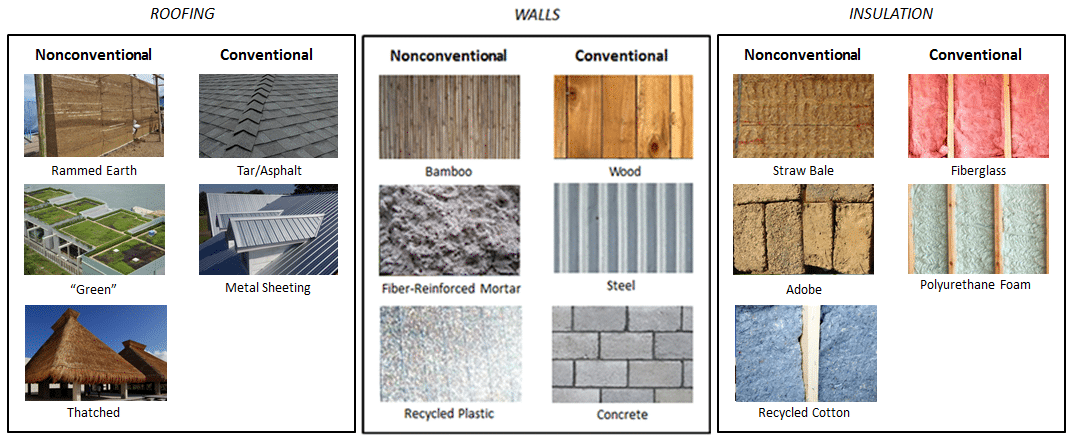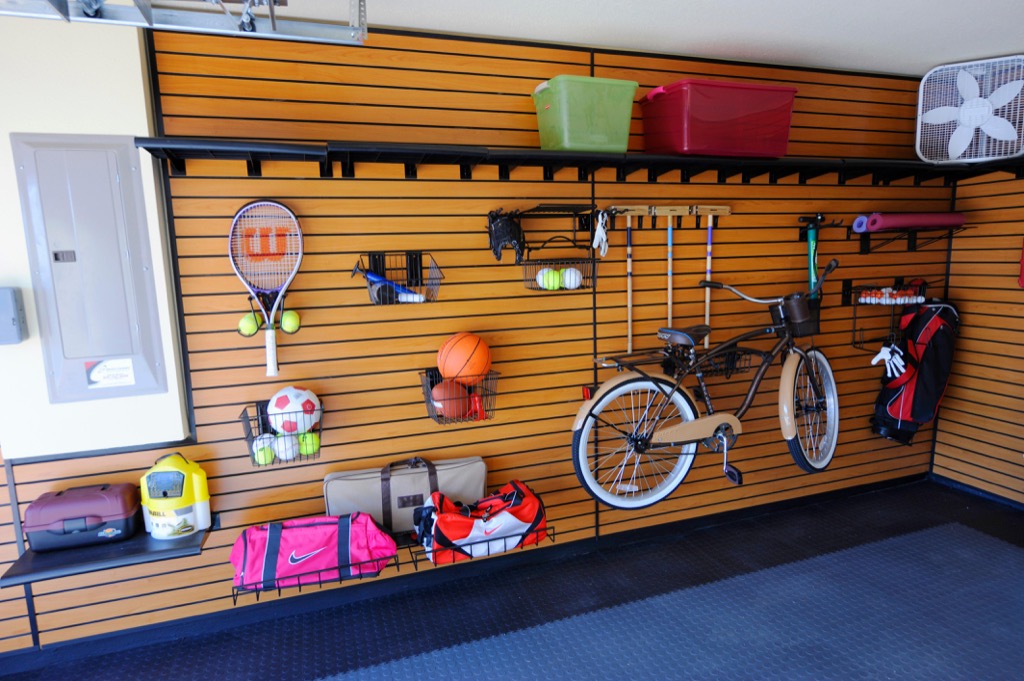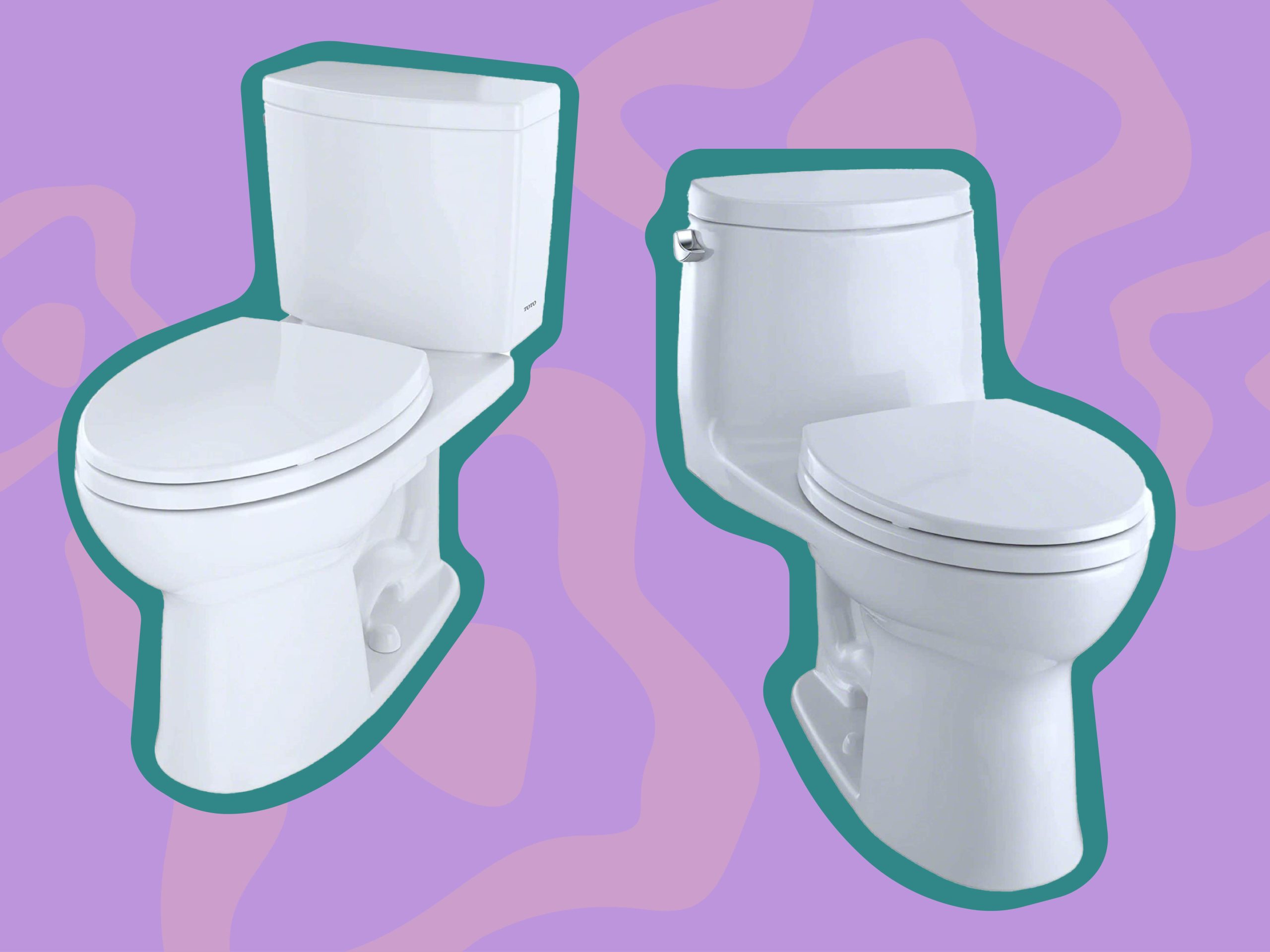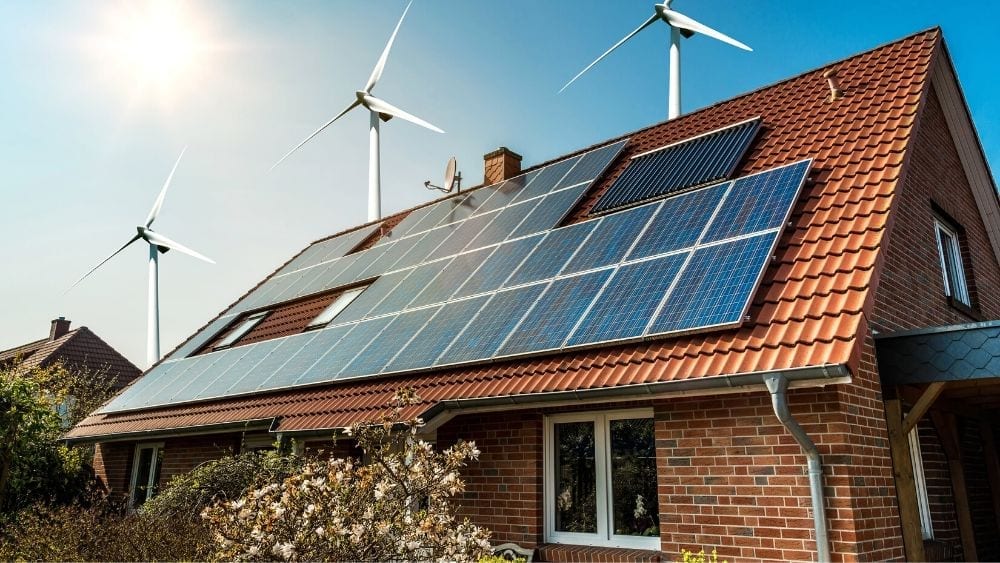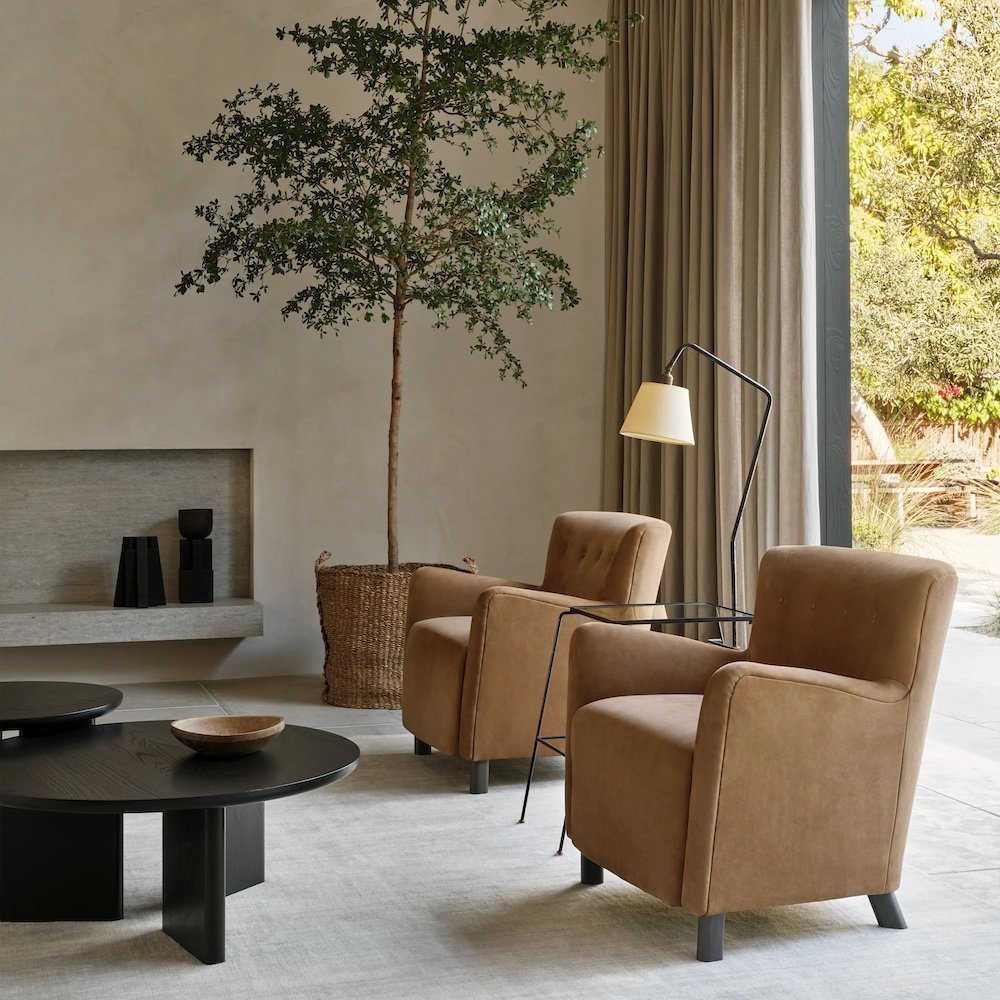“Sustainable construction” and “green building” are terms we are hearing more these days, but many people still don’t understand exactly what they mean. An increasing number of architects, builders, and contractors are incorporating building materials into their projects that are both sustainable and green. Sustainable products are those that are resource-efficient, meaning that they can be replaced in the shortest time possible without having to generate new materials.
Green products are those that reduce the carbon footprint on the planet. They take less fossil fuel to make and may be made using recycled products that would otherwise be sitting in landfills. The materials used in green building should be energy-efficient in the way materials are harvested, the manufacturing process and the transport of completed products that are ready for use. This is the only way to have a dramatic impact on the environment. Products that require less fuel to develop but are shipped around the world at a great expense do not accomplish the goal of professionals striving to create green designs.
Green Manufacturing Process
Waste is another issue that comes into play when manufacturing green materials. The manufacturing process used will determine how much waste is produced as a byproduct that will end up as landfill waste. In fact, many manufacturers have developed zero waste strategies for the most effective resource efficiency. In addition, zero waste policies save on the use of resources including energy and water while preventing the creation of toxins. Materials such as fluorescent lamps, chemicals, waste oils, adhesives, office paper, cardboard, wood scrap and PVC are those that can be recycled into useable products instead of going to waste.
The Goal of Green Building
Building green starts with the design process and with the architect. In addition to using sustainable and reclaimed materials in the construction, a green building should also be designed to function in the most energy-efficient and environmentally friendly way. Once the design is in place, the contractor is usually the one who will purchase the materials that will be used in the construction process.
Leadership in Energy & Environmental Design
Leadership in Energy & Environmental Design, or LEED, is the internationally recognized certification system that verifies a building has been designed and constructed in a manner that improves its performance across specific metrics. As a result, sustainable building practices have become accepted globally. Architects, contractors and builders alike follow LEED to create a better understanding and acceptance of green building practices.
Additional Benefits of Sustainable Construction
Green designs are becoming more familiar for homes, businesses and government structures. In addition to the savings of energy and materials green building is known for, the building owner and its occupants will also enjoy a number of other benefits. They will have to pay less for maintaining and replacing the materials while improving the health and productivity of staff due to the lack of toxins. There are also lower costs associated with changes in space configurations.
Over 3 billion tons of raw materials are used each year in building and construction. Transitioning to green materials protects natural resources from around the globe that are nonrenewable while reducing the impact of extracting, processing, constructing and disposing of these materials. Green building is a significant way to accomplish resource stability worldwide.

